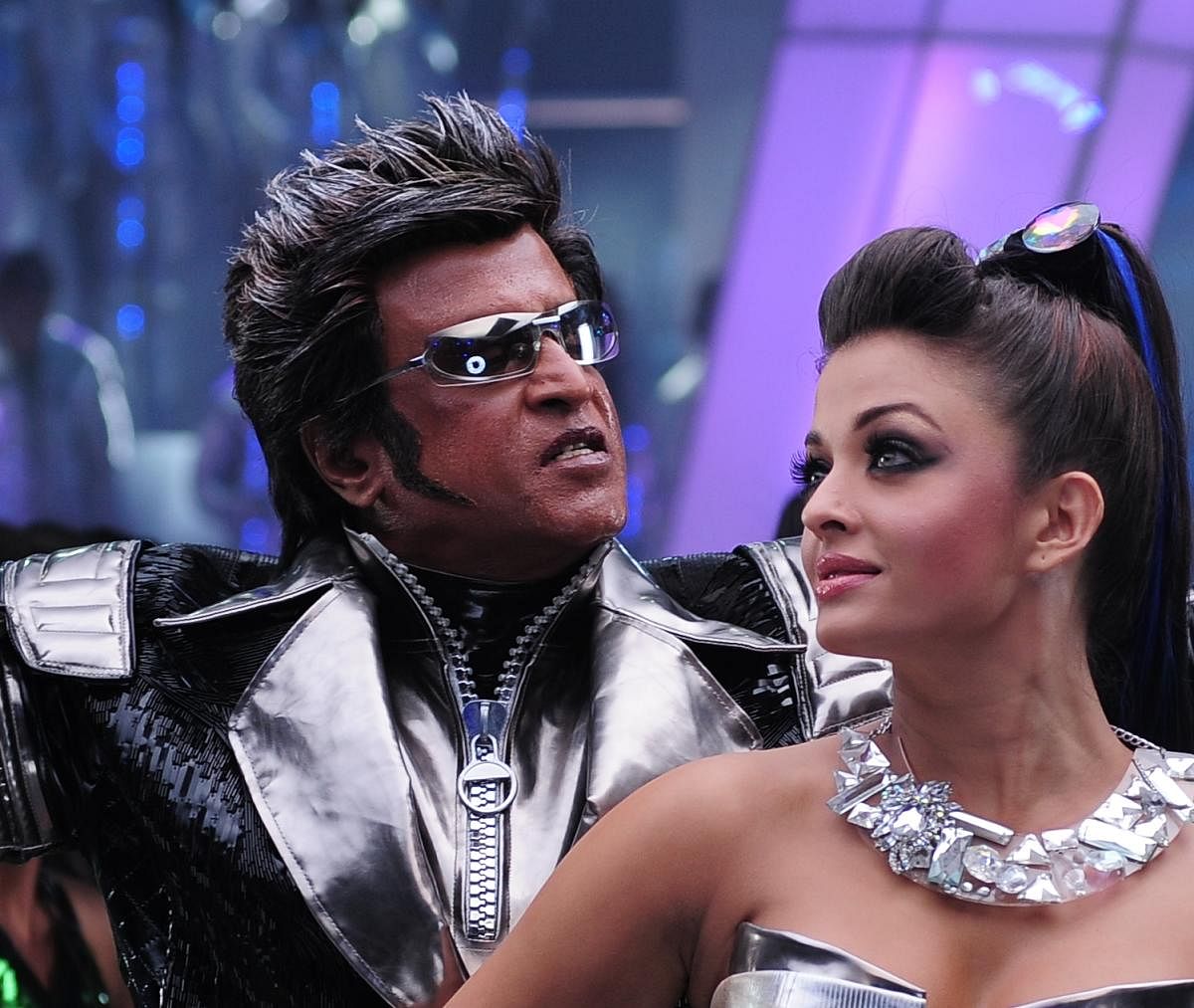
S Shankar and S S Rajamouli have delivered some of the biggest pan-India films of all time.
The ‘Baahubali’ films produced ridiculously astonishing numbers at the box-office. According to reports, the first part raked in Rs 650 crore and the second became the first Indian film to reach the Rs 1,500 crore mark. It might take a long time to overhaul the magnitude of ‘Baahubali’s’ success. Even Rajamouli, perhaps, cannot recapture the film’s high again.
In a YouTube interview of Rana Dagubatti, the antagonist of the two-part franchise, the anchor asks the actor if ‘Baahubali’ changed the way the rest of India looks at South Indian films. A visibly agitated Rana said, “I am just amazed at how dumb people are. People have made these separate industries in their heads. Ultimately, they all tell stories and make films. There are no boundaries until you create them.”
Rana’s statement exposed the long-standing north-south divide in the Indian film industry. Even at the start of the 21st century, a change in trend looked distant. But in 2010, Shankar’s ‘Enthiran’, starring Rajinikanth and Aishwarya Rai, was a major first step towards bridging the gap.
From 2000-2009, India’s highest-grossing films belonged to the two Khans. If Shah Rukh had six films at the top of the list, Aamir had two. 2010 was different.
‘Enthiran’, bankrolled by Sun Pictures, released in 2,400 screens worldwide in the first week of October that year. The media reports from the time are fascinating. Within five days of its release, the film became the most searched thing on Google in India. Made on a budget of approximately Rs 150 crore, it was India’s most expensive film yet and went on to become the highest grosser of the year, collecting approximately Rs 290 crore across three languages (Tamil, Hindi, and Telugu).
Its ambition was shockingly new for an Indian film. The range and scope of the special effects were hitherto unseen. The film was about the man versus the machine battle. To not overwhelm his audience with technicalities and so that a senior generation does not feel left out, Shankar made sure the film’s core was emotional.
Disappointingly, the world judged Indian cinema looking solely at the Hindi film industry. ‘Enthiran’ became Shankar’s tool to one-up Bollywood. Anubhav Sinha’s similarly structured ‘Ra.One’ became a disaster, revealing Bollywood's inability to make 'big' films.
Shankar has always been a technical pioneer. But his efforts come at a price. The Tamil Nadu media fondly calls his world ‘brahmandam’ (grandiose). The filmmaker expresses displeasure to the attention given to his film’s budgets. “When the product justifies the money spent, why worry?” he has often asked. As a director who collaborates with world-class technicians, he is right.
If you were appalled at the poorly done prosthetics on Rishi Kapoor who played a 90-year-old in Shakun Batra’s ‘Kapoor and Sons’ (2016), then see how a young Kamal Haasan looked majestic as Senapathy, a veteran freedom fighter, in Shankar’s ‘Indian’ (1996).
Except for the one-offs, Bollywood hasn’t aced the action genre. The action choreography in Shankar’s 'Anniyan' (2005), executed using 120 cameras, makes a mockery of even the best Hindi action. Creativity prevents large-scale films from turning into colossal wastes. In 'Enthiran's fantastic finale, Shankar throws in 100 Rajinikanths, who alternatively form a giant snake and a giant ball.
For all its obsession with song and dance, Bollywood lacks imagination in these areas. Movie buffs got bang for their buck watching the stunningly shot 'Kilimanjaro' (picturised in Machu Picchu, Peru) and 'Kadhal Anukkal' (in Lençóis Maranhenses National Park, Brazil) in 'Enthiran'.
For the ignorant Hindi-speaking viewers, Rajinikanth was fodder for unending social media jokes. The veteran's body language and dialogue delivery as a robot are accurate in the film. His portrayal of the angry robot garnered wolf whistles but what remains with you is his moving performance in the climax.
The film had won a number of producers in the South, who became ready to back ambitious projects. The results are the ‘Baahubali’ films from the Telugu film industry, and Prashanth Neel’s ‘KGF: Chapter 1’ from Sandalwood.
After ‘Dangal’ in 2016, Bollywood hasn’t made a film that has been embraced by all. Aamir Khan films (‘3’ Idiots, ‘PK’, and ‘Dangal’) are a big draw because they show the struggles and dreams of middle-class India. Otherwise, regional cinema is capable of churning out dream projects that attract pan-India audience.
‘Enthiran’, deserves the credit for the paradigm shift.